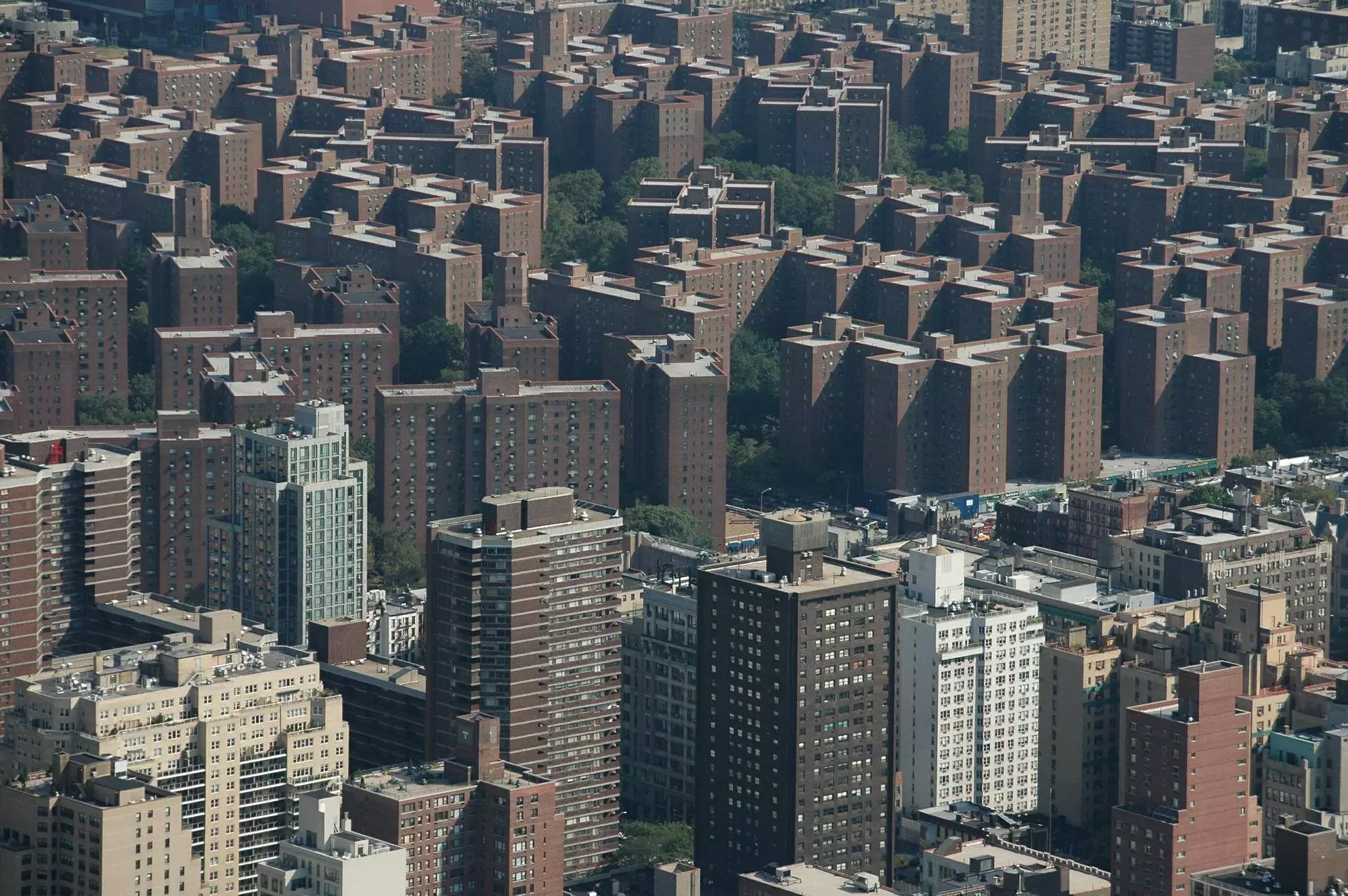Air pollution is often viewed through a static lens: where individuals live and work defines their exposure levels. However, recent research from MIT challenges this oversimplified narrative by incorporating dynamic mobility patterns into the analysis of air pollution exposure. Conducted in the Bronx, New York, this groundbreaking study emphasizes the importance of understanding human behavior—how we navigate our cities—when assessing the extent of pollution we inhale daily.
Traditionally, air quality assessments relied on geographical data, but the integration of mobility data presents a more nuanced picture. Lead researcher Paolo Santi from MIT’s Senseable City Lab highlights the benefit of a “fine-grained estimation” of residents’ movements. The study reveals that exposure to particulate matter (PM2.5) increases by approximately 2.4% when daily travel patterns are considered. Such findings suggest that the most vulnerable populations often reside in areas that expose them to higher pollution levels, not only in their homes but also throughout their daily routines.
Data-Driven Insights and Infrastructure
This study is rooted in innovative research methods that employ solar-powered sensors mounted on municipal vehicles to gather real-time air quality data. Such techniques are both resourceful and strategic, as they allow cities to turn their existing fleets into effective environmental monitoring systems. To collect the mobility data, researchers analyzed anonymized phone records for around 500,000 individuals, accumulating a staggering 500 million daily location data points in New York City. The sheer volume of data enhances the precision of their findings, thereby paving the way for more targeted public health interventions.
The geographical analysis within the Bronx paints a stark picture: areas located near major expressways and industrial hubs are inundated with PM2.5, contributing significantly to public health risks. This spatial component is crucial in understanding how urban planning and infrastructure directly impact air quality. By recognizing hotspots of pollution exposure, policymakers can more effectively strategize interventions that prioritize the health of at-risk communities.
Social Disparities: The Equality vs. Equity Debate
Perhaps the most startling revelation from this research lies in the demographic disparities in pollution exposure. The dataset exposes stark differences in exposure levels among various ethnic groups, particularly within predominantly Hispanic neighborhoods, which often bear the brunt of air pollution. While income disparities play a significant role in determining exposure levels, ethnic disparities are even more pronounced. For instance, certain Hispanic communities in the Bronx experience some of the most alarming pollution rates, uncovering an intersectional problem often overlooked in public health discussions.
The implications of such revelations are far-reaching. With asthma rates in the Bronx soaring above those of other boroughs by 2.5 times, experts like Fábio Duarte note that this elevated risk is inextricably linked to poor air quality. When understanding pollution exposure, equity becomes an urgent concern that public policy cannot ignore. The study serves as a clarion call for community engagement and advocacy, urging stakeholders to prioritize air quality as a social justice issue.
Future Implications: A BluePrint for Change
The study conducted in the fall of 2021 serves as a framework for future assessments of air pollution, especially as cities grapple with changes in mobility patterns due to shifts in work habits post-COVID-19. The findings underscore the need for adaptable strategies in public health monitoring that embrace evolving lifestyles. Ratti’s vision of mobile data combined with vehicle-sensor pollution measurements offers cities the potential for comprehensive air quality surveillance without the need for monumental investments in infrastructure.
Such methodologies open avenues for research beyond PM2.5 exposure, advancing our understanding of various pollutants and their health impacts. An Wang, a co-author of the study, points out that these insights can eventually lead to more inclusive studies that consider multiple forms of air quality toxins. The prospect of expanding this model to encompass a broader scope of environmental hazards is promising, thereby empowering communities with the data needed to advocate for their health rights.
In a world where urbanization continues to accelerate, and air quality declines, understanding pollution exposure through the lens of mobility is not just a scientific endeavor but a necessary mandate for public health advocacy. The need for actionable insights is more urgent than ever, and studies like these can galvanize the response required to foster healthier urban environments.


Leave a Reply